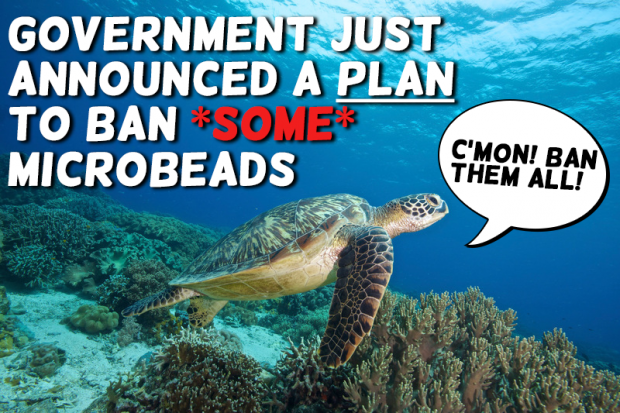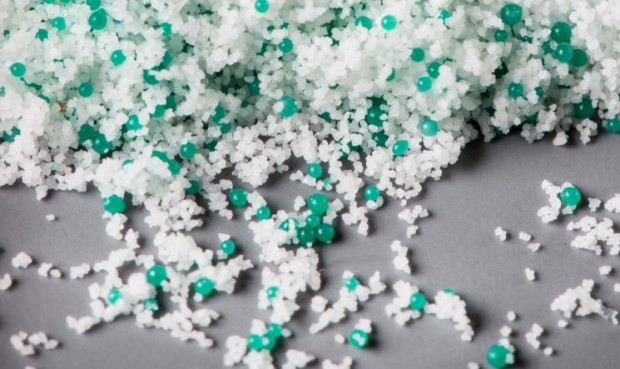Back in July I was lucky enough to be one of 100 people who spent the day cleaning up a heavily plastic polluted beach on ‘Freedom Island’ in Manila Bay, Philippines. The beach was in an appalling state - piled high with throwaway plastic wrappers, straws and bottles which also littered the water. This was just a snapshot of the estimated 8-12 million tonnes of plastic that scientists tell us goes into our oceans every year.

plastic pollution
- « first
- ‹ previous
- 1
- 2
- 3

.JPG)





